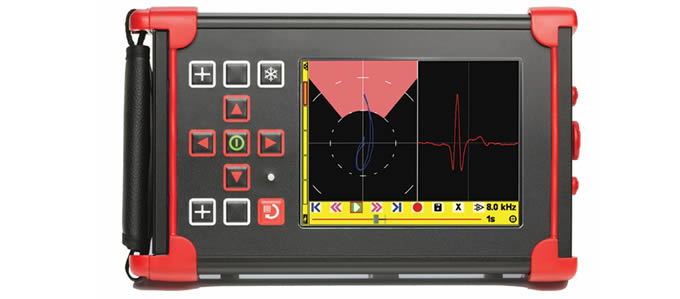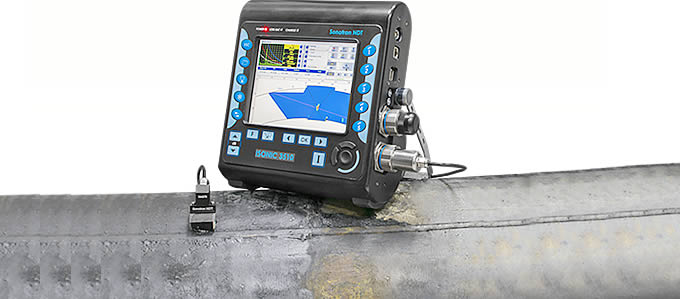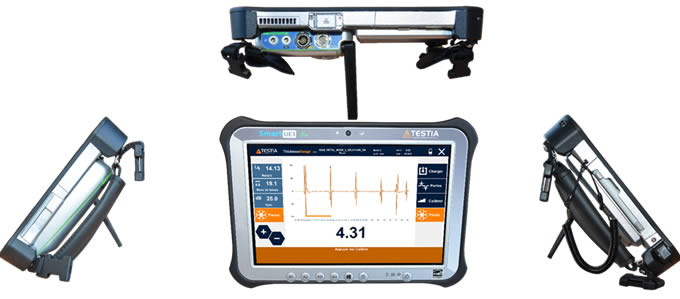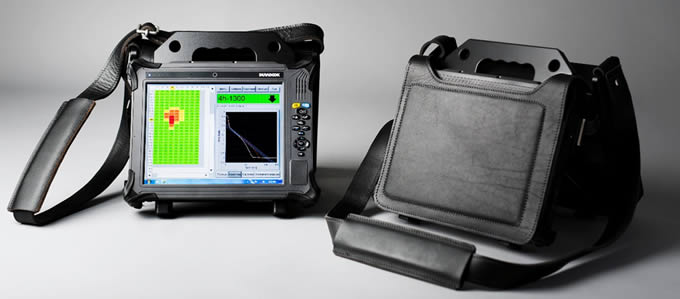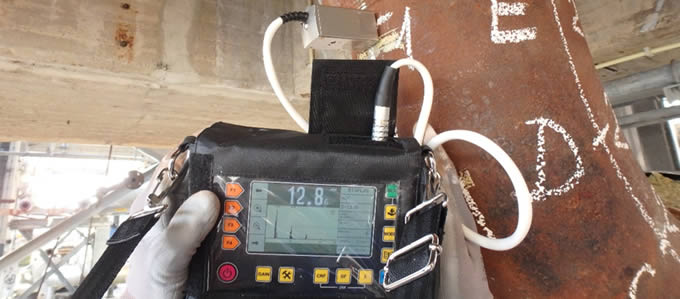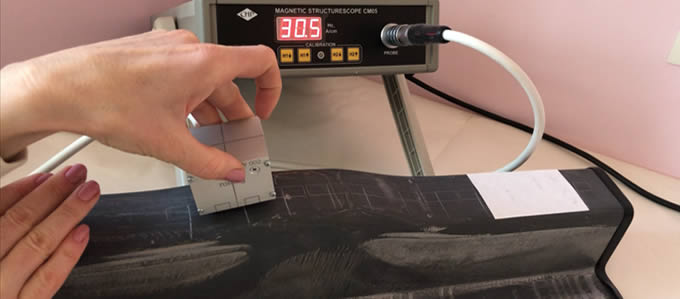Sub-Surface Crack / Corrosion Detection:
This is primarily used in airframe inspection. By using an Ether NDE Eddy Current low frequency and a suitable probe, eddy currents can penetrate aluminum or similar materials to a depth of 10 mm or so, allowing the detection of second and third layer cracking, which is invisible from the surface, or thinning of any of the different layers making up the structure.
Test frequencies are generally in the range 100 Hz to 10 kHz. Probe size should also be two or more times wider than the depth of penetration required.
The SG NDT technology is used for fuselage inspections and detection of corrosion. The multiplexing capabilities of the SG NDT instrument allows the use of up to 256 coils. They enable the instrument to inspect larger areas and even highly complex surfaces such as turbine blades efficiently. Corrosion is one of the main concerns of the Aeronautical industry. The S2G2-800 drives adequately the technical attributes to inspect large surfaces in a very short time.
|

